Glance in any pantry, peek into any fridge, look into the far reaches of a closet.
Guess what you’re more than likely to find?
Carton boxes.
That’s right. The not-so-humble carton box is everywhere.
Cartons house our milk, our cereals, our cosmetics, our kids’ toys, our electronic items – and so many of the other everyday necessities that constantly arrive in our homes.
They’ve been around for eons and show no signs of disappearing.
In fact, demand for cartons is on the upswing. According to Grand View Research, the folding carton packaging market size is predicted to be $171.35 billion by 2025. And not all of this growth is coming from the US. Thanks to a growing middle class, the Asia Pacific folding carton packaging market is expected to reach nearly $80 billion by 2025.
More and more companies are realizing that the functionality, affordability, and aesthetics of carton boxes are hard to beat.
Carton boxes protect the goods inside, are easy to open and use, are cost-effective, and they can attract a buyer’s attention. That’s quite an impressive resume for a simple folded piece of cardboard.
Now, let’s dig deep into the world of carton boxes and see what they can do for you.
Carton Boxes Defined

Is a carton, a box? Most definitely. But a box isn’t necessarily a carton.
We know, it’s confusing.
Definitions of cartons vary, but rigid boxes or heavy-duty corrugated boxes generally aren’t considered cartons. And boxes made of materials, such as wood, aren’t usually referred to as cartons in the industry.
To add to the confusion, cartons also go by various names. Sometimes carton boxes are called paperboard boxes, chipboard boxes, or folding carton boxes.
But whatever you call them, you’re bound to find them in your pantry, your bathroom, and all over your house.
There are many different definitions of cartons floating around, but one most can agree on is this:
What are Carton Boxes?
A carton is a folding box that’s typically made from paperboard. To form a carton, the paperboard goes through a cutting, folding, lamination, and printing process before it’s sent flat to whoever is going to fill the cartons with products.
A Brief History of Carton Packaging Boxes
It’s hard to remember a time when grocery store or big box store shelves weren’t crowded with row upon row of colorful carton boxes – all vying for our attention.
The first carton boxes looked a little different than what we have today.
Charles Henry Foyle is credited with inventing carton boxes back in the 1840s. He used a piece of paper that was cut in such a way it could be folded to form a box.
Initially, these boxes were held together by strings and tacks. As you can imagine, it was a very laborious process to make them, not to mention expensive. That’s why, in the old days, cartons were reserved for special luxury items, such as jewelry.
This all changed when in 1879, Robert Gair accidentally discovered that his printing press could be used to mass-produce carton boxes. From then on, the carton box industry began to take off and has never looked back.
With mass production, even simple everyday items could be packaged in cartons. This served a practical purpose – the carton packaging protected the items and gave them a longer shelf life. Cartons also provided a whole new way for companies to place their branding front and center.
Benefits of Carton Boxes for Packaging
If you’re looking for a practical, beautiful, environmentally-friendly box to hold your goods, then carton boxes are the way to go.
The Practical Side of Carton Packaging Boxes
First and foremost, the custom packaging needs to be functional. Let’s take a look at some of the practical benefits of carton boxes:
- They make efficient use of space. They’re lightweight and, because they fold flat, they can be easily stacked. This saves space in the warehouse.
- They offer ease of use. Folding designs make it easy to open and reclose packets.
- They’re suitable for automatic packaging. This makes it easy to fill and seal with automated machinery.
- They’re inexpensive. It’s not just the physical materials that are cost-effective. Since cartons are lightweight and fold flat, they save on shipping costs.
- They offer tons of flexibility. Cartons can store all sorts of shapes, even liquids.
- They’re strong and durable, so cartons keep products safe.
- They can deter crime. Some companies are incorporating anti-theft and anti-counterfeit measures into their custom carton boxes. Grand View Research found that companies are increasingly using RFID (radio frequency identification) and embedded barcodes in cartons as a way to deter counterfeiters.
Folding Carton Boxes are Easily Customizable
Carton boxes are indeed functional, but don’t confuse that with being boring and simply utilitarian.
You can infuse your carton packaging boxes with whatever personality you like and let your creativity shine. With an eye-catching carton design, you can set the retail boxes for your company apart from the competition.
A carton box is often your customer’s first impression of your brand. And we all know how important that is. Some research even suggests that people form first impressions in about 17 milliseconds. Now that’s fast.
Lucky for you, cartons are conducive to beautiful packaging design. Carton boxes were made to embrace the wow factor. Paperboard surfaces are printer friendly so it’s easy to incorporate eye-catching, colorful designs. You have many options with high-resolution graphics and can incorporate two-sided prints onto the cardboard carton boxes.
You can let your creativity run wild – or you can hire a designer at just about any price point to get you started.
Check out sites like Behance or 99designs that showcase designer’s portfolios. A quality designer can create a carton mockup that will help you find the right box size, shape, and colors to beautifully showcase your product.
There’s also the more practical side to the easy printability of cartons.
You can include product information right on the box. This is a major plus for food packaging, where detailed nutritional information can be printed right on the box.
Ever been in the grocery aisle trying to decide between two competing kinds of cereal?
We all know to flip to the side panel and boom. There’s all of the information we need to decide which one to grab.
The versatility of carton box design is not just limited to graphic images. Cartons can easily be made into different shapes and sizes. You’re not limited to a predictable cube shape.
You can also add other marketing options, such as cut-outs, that add interest and offer a sneak peek of the product.
The Environmental Benefit of Paperboard Cartons
Nowadays, a company that doesn’t take environmental concerns seriously, does so at their own peril.
As consumers are becoming all-too-aware of the damage we’re doing to the environment, eco-friendly packaging is quickly becoming a must have component for brands.
Consider that in 2015, global plastic waste volume reached nearly 6.3 billion metric tons. This figure is predicted to increase to 12 billion metric tons by 2050.
No wonder single-use plastic containers have fallen out of favor, and are even banned in many instances. Even China, which is one of the world’s largest consumers of plastic, has said it will ban non-degradable bags in major cities by the end of 2020 and in all cities and towns by 2022.
As a result of the world’s waning appetite for plastic, companies are increasingly turning to the old standby – carton boxes. Let’s look at some of the environmental benefits that carton boxes offer:
- Paperboard can be easily recycled. It’s non-toxic and can be reused. Carton boxes are also easy to break down for recycling, and consumers are more likely to make the effort to recycle. According to the EPA, around 44.2 million tons of paper and paperboard were recycled in 2017 for a recycling rate of 65.9 percent.
- Many carton manufacturers follow SFI and FSC certifications, which promote forest sustainability. Carton manufacturers are required to do their part, such as planting trees to replace the ones they’ve cut down.
- Many manufacturers of custom carton boxes are also making use of recycled paper pulp and non-wood pulp.
- Carton boxes are usually shipped flat, which cuts down on the amount of fuel needed to get these boxes to their destination.
Drawbacks of Carton Boxes for Packaging
Of course, nothing’s perfect. Sometimes a carton box can’t fulfill all of your packaging needs and you’ll have to look at other options.
Perhaps the biggest drawback of carton boxes is that they are not designed for shipping. Sometimes, carton packaging works well with your shipping and fulfillment needs, but note that cartons are not intended to be standalone or robust outer packaging.
Carton boxes are meant to be light-weight and easily stored. Unfortunately, to accomplish this, they have to sacrifice some of their strength. Carton boxes typically have a maximum thickness of 0.032 inches (.81mm), so they’re only meant to hold a few pounds at most.
Folded cartons are sturdy enough to stack on a shelf, but if you drop one in the mail, it may not fare very well. Cartons are generally meant for retail display applications – not to rattle around in the back of a delivery truck.
Most companies can’t rely solely on carton boxes for their goods. The carton packaging boxes may house the individual products, but to get from the manufacturer to store shelves, a supplier will need to opt for something a little stronger for transport.
This is where corrugated boxes – which are much stronger – are a good option. Rigid boxes, which don’t fold or collapse, are also typically sturdier and can be used for certain applications when a carton box just won’t cut it.
Common Folding Carton Box Styles Explained
After you’ve decided that you want to use carton boxes for your products, now comes the tricky part. It’s time to make some decisions.
First, you need to determine which style will work best for your unique product. The options are almost limitless. There are so many different styles and sizes to consider, so your decision might feel daunting. You can truly go wild with your choices. And this is before you even think about the fun stuff like colors and fonts.
Don’t worry. With a better understanding of what’s out there, you can find the right carton style for your product.
Without further ado, let’s breakdown some of the most common styles of folding carton boxes:
Most Common Styles of Folding Carton Boxes
Tuck top boxes are one of the most popular folding carton box options. Here are some of the most common tuck top boxes you’ll find on the market:
- Reverse tuck end (RTE) boxes have the closing panels (sometimes called tuck flaps) on opposite sides. One closing panel is on the front of the box, the other on the back. These customizable carton boxes are easy to assemble, store flat, and are cost-effective. Reverse tuck end boxes typically use a slit-lock tab to close the ends. They’re great for light-weight items, but can’t handle anything too heavy.
- Straight tuck end (STE) boxes are similar to reverse tuck end boxes, except the tuck flaps are on the same side. This gives the box a cleaner look since you don’t see the raw edges. These customizable folded carton boxes are easy to assemble, store flat, and are great for light-weight items. They also typically use a slit-lock for secure closing. Straight tuck end boxes are usually a bit more expensive than the reverse tuck end boxes, since you get fewer boxes per paperboard sheet.
- Lock bottom boxes (sometimes called 1-2-3 bottom boxes) are meant for heavier items. They usually have a tuck top closure. As with the above-mentioned styles, these box cartons also store flat. Lock bottom boxes stack well and look better on the shelf since they have a flat bottom. A lot of food items come in these types of box cartons. One drawback is they’re typically more expensive than some of the other carton box options.
- Crash bottom boxes (sometimes called auto-lock bottom boxes) are pre-glued on the bottom for extra strength. They have a bottom that goes into place automatically. Auto-lock bottom boxes also store flat and can be assembled and loaded quickly. Crash bottom boxes are usually more expensive, since the carton box manufacturer has to take the extra step to glue the bottom.
- Top tuck boxes are what you might think of as a cake box, but they’re not just for pastries. These boxes offer a creative way to display other light-weight items, such as clothing or multiple small items. You can even add a little window to your top tuck boxes, so your customers can get a peek at what’s inside (see window patching below).
- Five-panel hanger tab boxes are like the reverse tuck end boxes, except they have a longer hanger panel that extends from the back panel. These offer a simple solution to display lightweight products in a retail setting. These custom boxes can be easily modified to include cut-outs, to give customers a better idea of your product. If you visit a pharmacy, you’ll see all kinds of products that utilize five-panel hanger tab boxes – everything from cosmetics to crayons (as shown in the following image).
Your head might be spinning, but hang in there. Let’s switch gears and look at a handful of common features you may want to add to your folding carton box:
- Adding Inserts: An insert is a piece of paperboard that is folded, or sometimes glued, to fit in your box to secure loose items. This is a useful feature if you have fragile items or multiple items that you want to prevent from crashing around in the carton. Custom inserts can work with any folded carton type and are easily customizable to fit whatever random-shaped article you’d like to secure.
- Custom Cutouts: This is when you cut out part of the paperboard to show what’s inside. Custom cutouts can be made in any shape, so it can reflect your brand.
- Window Patching: If you want to go one step further than a simple cutout, you could try window patching. Window patching is a thin plastic film that’s attached to the die-cut window (you’ll see this as part of your dieline as well). These windows are usually reserved for higher-end products and are often used to showcase food and beverage items, so customers can get a glimpse of the quality inside.
Of course, one drawback with window patching is it uses plastic, which isn’t as environmentally friendly as paper products and may turn off some customers. That’s why it’s so important that you know your customers and you make sure your retail packaging reflects your brand. - Thumb Tabs: Thumb tabs are those little circular cutouts made in the main panel of the carton packaging to make the box easier to open.
Practical Design Considerations for Carton Packaging Boxes
When you think of packaging design, your mind probably jumps to the fun stuff.
What colors should I use? Where should I put my logo? But first, there are a few practical aspects of design you need to consider. Some of the most important elements to consider are your material selection, paperboard thickness and cost considerations. Let’s jump in.
Selecting Materials for Carton Boxes
Before speaking with you carton manufacturer, one of the first decisions you’ll need to make when designing your carton boxes, is what material do you want to use.
Here are a few of the most common materials used for carton boxes:
- Solid-Bleached Sulphate (SBS): SBS is made from bleached chemical pulp. It’s a medium density board that’s coated on the top surface and sometimes on the reverse side as well. It’s white both inside and out, so it has excellent printing qualities. High-end graphics will look crisp on this material.SBS is also hygienic, doesn’t impart any smell or taste, and is approved for food contact. That’s why SBS is a popular choice for goods, such as chocolates, cigarettes, and perfumes. A bonus is it’s recyclable and relatively inexpensive.
- Clay Coated News Back (CCNB): CCNB is a recycled board that’s made out of a blend of recycled newsprint, old corrugated containers, and mixed secondary paper. It’s less rigid than the SBS board. It has a glossy coated surface on one side and is grey/brown on the other.
CCNB is cheaper than SBS, but it has some disadvantages. Since it’s not a pure white color like the SBS board, it’s not as effective for printing and you’ll have to compromise a bit on the graphics quality. When it comes to colors, remember to discuss the differences between RGB and CMYK and Pantone colors with your manufacturer.CCNB also absorbs water, which means it needs to be kept dry. But if you’re looking to make low-cost folded cartons where recycled content is preferred, then CCNB may be the option for you.
- Natural Kraft or Coated Unbleached Kraft (SUS or CUK): This is made from 100% recyclable materials. CUK is coated with a polyethylene resin, which is safe for food. Kraft paper is also strong, durable, and resistant to tearing, which makes it a good fit for items like heavy beverages.
Paperboard Thickness for Folding Cartons
Next up, you need to consider the board thickness (the caliper).
Paperboard comes in many different calipers, so you’ll have to make some decisions about what thickness is best for your product.
It needs to be able to hold the weight of your product, but you also want to consider the assembly process as well. You don’t want to waste money and efficiency on an overly-thick board.
To give you an idea of the thickness of a standard paperboard box, such as a cereal box or a mac and cheese box, those generally fall in the .016 or .018 caliper range. A counter display may use a more robust .024 point thick board.
Cost Considerations for Carton Boxes
Of course, you don’t want to neglect the bottom line when designing your carton boxes.
Most of the time, custom boxes cost less than you probably think. But that’s not always the case. You’ll want to weigh the cost of the materials and manufacturing efficiency. And sometimes, it pays to spend a little more.
Consider whether you want to use offset printing or digital printing. Offset printing is often considered the go-to choice for bulk and wholesale custom packaging, but it’s not right for every company’s needs.
Your choice might be slightly more expensive, but if it’s in your budget, it may be worth the splurge. It gives a higher-end look since you have more options with graphics and colors.
Another thing to keep in mind is to take into account the scalability of any options you choose. The printing process is usually cheaper the more you order, so you may want to place a larger order all at once, rather than several smaller orders.
Also, remember that old adage, time is money. You’ll want your cartons to be easy to fill with your product. An overly-intricate carton may look cool, but if it’s difficult to get your product in there, it’s probably not worth it.
Carton Box Design: Make Your Packaging Beautiful
Now for the fun stuff. Making your custom carton boxes beautiful and getting them noticed on a crowded shelf.
Matte or Gloss Lamination: The Finishing Touch
One important aesthetic decision you need to make about your carton box is what kind of finish do you want. This is the lamination process, which is a protective layer that gives your box that finished look. You can choose between a matte or gloss lamination:
- A matte finish doesn’t reflect light, so it doesn’t have a sheen. It’s somewhat understated, but can give a sophisticated look. Scratches are less noticeable with a matte finish.
- With a gloss finish, light bounces off the surface, so it looks shiny. It’s more “in your face” than its more subdued counterpart. Gloss finishes are good at resisting dust and fingerprints.
Either finish can look great and both have their pros and cons. It all depends on what message you want your custom carton boxes to convey.
Learn more about finishing options to make your product packaging stand out. Read up about UV coating, soft touch coating and lamination, spot UV, embossing vs debossing and aqueous coating for a quick primer.
Branding: Printing Your Logo on Custom Carton Boxes
There are so many design elements that you can incorporate into a carton box, but the important thing is to not overdo it.
It’s fine to use bold colors or some crazy fonts, but you don’t want to overload your customer’s senses. Sometimes it’s a fine balance between capturing a customer’s attention and turning them off with too much noise.
Also, remember that your custom packaging is an extension of your brand and needs to reflect your company’s values. It’s important to keep your branding consistent over all of your platforms – whether it’s your website or the packaging boxes that store your goods.
Here are some common branding elements you might want to include on your carton packaging boxes:
- Your logo. You’ve no doubt put a lot of thought into that baby and it should have pride of place.
- Your colors. Even if your company doesn’t have a set color scheme, you should put some thought into what colors you want for the box design of your carton. Are you going for an earthy feel? Then go with muted, natural colors. Looking to convey some fun? Then go bold.
- Use materials that reflect your company’s values. If the environment is important to you – make sure your cartons reflect that.
- Typography. Use a font that stays consistent with your brand identity. Don’t use a boring, staid font if you’re looking to project whimsy.
- Shapes. With cartons, you’re not limited to cubes. Look at Toblerone, the classic Swiss chocolatier. Chances are that you’d recognize the iconic chocolate bar just by the shape of the box.
Read more about how to nail packaging design with our guides on ecommerce packaging, cosmetic packaging design and the unboxing experience to help get those creative juices flowing.
Carton Design Inspiration and Examples
Carton boxes come in all shapes, sizes, and colors.
The choices can feel overwhelming. That’s why it’s sometimes useful to look at what other brands are doing. You don’t want to copy, just pull a little inspiration.
Here are some examples of companies that are using custom carton boxes to effectively reflect their brands.
Burlington Socks
Who said that socks have to be boring?
This fun carton design for Burlington socks adds a clever twist to a globally known product.
Rather than using a usual cube shape for their sock boxes, they went with an unexpected sandwich box. The fun colors and bold font also give the carton packaging boxes a playful edge.
Sojos
Sojos makes naturally nutritious raw pet food and gourmet treats.
They incorporated many of the product packaging design elements we touched on earlier in their dog treat boxes.
Sojos uses bold colors, has a window to offer a look at what’s inside, and even have a handle that can double as a hanger tab.
It may only contain dog treats, but this box just exudes quality and fun.
Crabtree and Evelyn
A carton box doesn’t need to be a crazy shape to command attention.
Crabtree and Evelyn used an understated, yet eye-catching box design for their volcanic ash face mask.
The carton matches the container inside. The sophisticated black background with white lettering and a simple gold image shows you don’t need to overdo the colors and graphics to make it stand out.
The box radiates a sense of adventure, which is true to the company’s self-proclaimed vibe.
Beso Del Sol
Unlike a corrugated box, cartons aren’t limited to only containing solids.
Beso Del Sol’s fun, sangria-filled, cartons quite literally look like a party in a box.
When it comes to carton packaging, your imagination truly is the limit.
Lego
The classic blue Lego boxes may not be described as beautiful by many adults, but no matter what kind of carton you need, always remember your target audience.
Lego plasters colorful, detailed pictures of their toys right on the box. They fill the front, back, and sides of the box with pictures of what’s included with the set. Kids want to see what’s inside.
The larger carton boxes use close tabs so the toy can be stored back in the box when it’s broken down.
Some Lego boxes have even become collectibles in their own right.
Don’t believe us? Try searching “empty Lego box” on eBay.
Get Started with Custom Carton Boxes
There’s a reason why carton boxes are so ubiquitous.
And it’s understandable to have more questions than answers at this point. If you need help navigating through the carton boxes process, we’d be happy to speak with you.
Refine Packaging has years of packaging expertise working with small businesses and Fortune 500 companies alike. Contact us today for a free quote on your custom packaging project. We’ll connect you with a live customer support representative who is able to answer any questions you might have.
Our team of designers are ready to help bring your artistic vision to life, who work hand in hand with our printing professionals that are ready to make your carton boxes truly shine.
Carton packaging boxes walk that delicate line of being both practical and potentially beautiful.
Cartons are affordable, come in all shapes and sizes, can hold all kinds of goods (including liquids), are kind to the environment, and are a wonderful asset to your marketing arsenal.
So, what are you waiting for?
Start planning how carton boxes can help store and sell your products. There are so many carton options out there. You can come up with the right carton design to showcase your products at nearly any price point.
Peruse store shelves for inspiration, choose what materials will work for your product, decide on the shape and size you need, figure out the logistics, and then pick out what finish and graphics you want.
You can be as fancy as you want (or can afford). And don’t forget to have some fun.
Ready to think outside the box? Let's get started!
Get in touch with a custom packaging specialist now for a free consultation and instant price quote.


.svg)
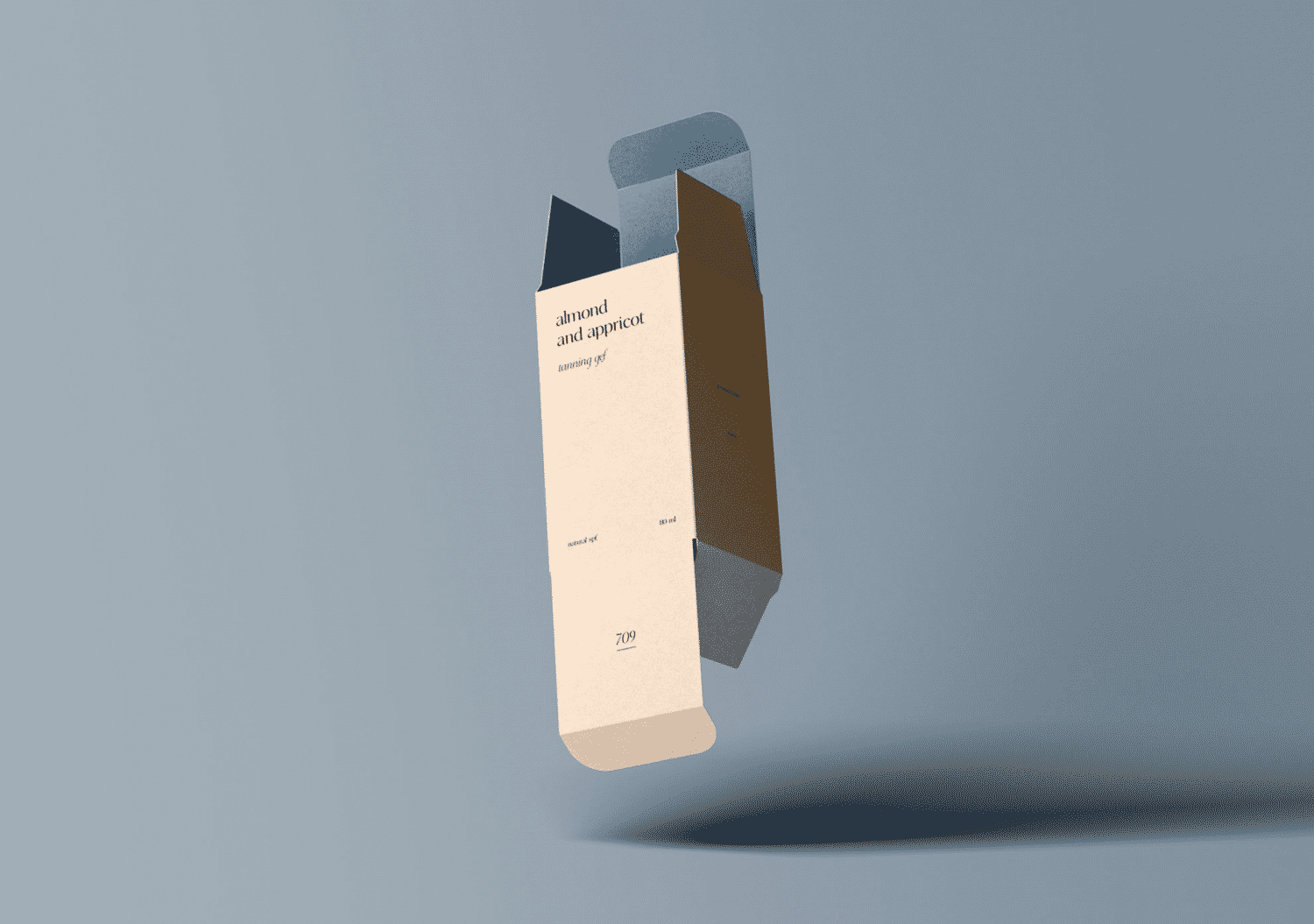




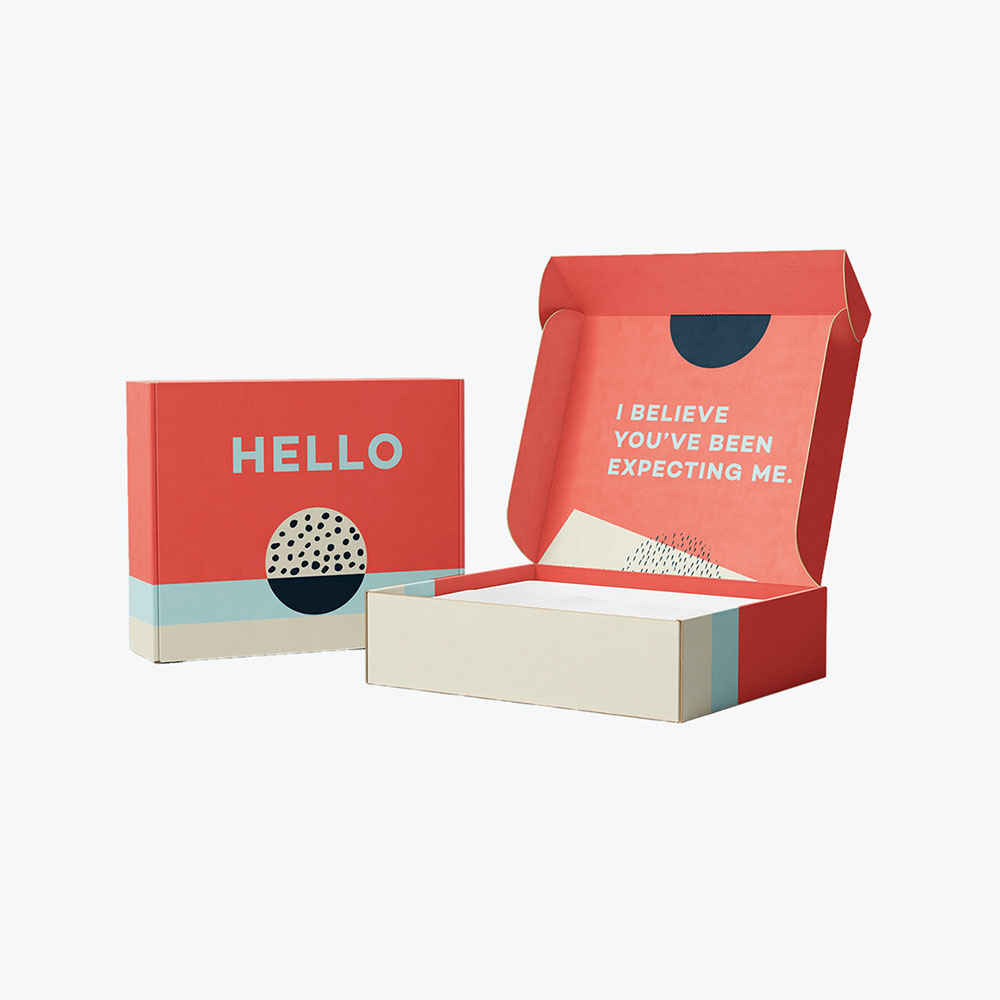
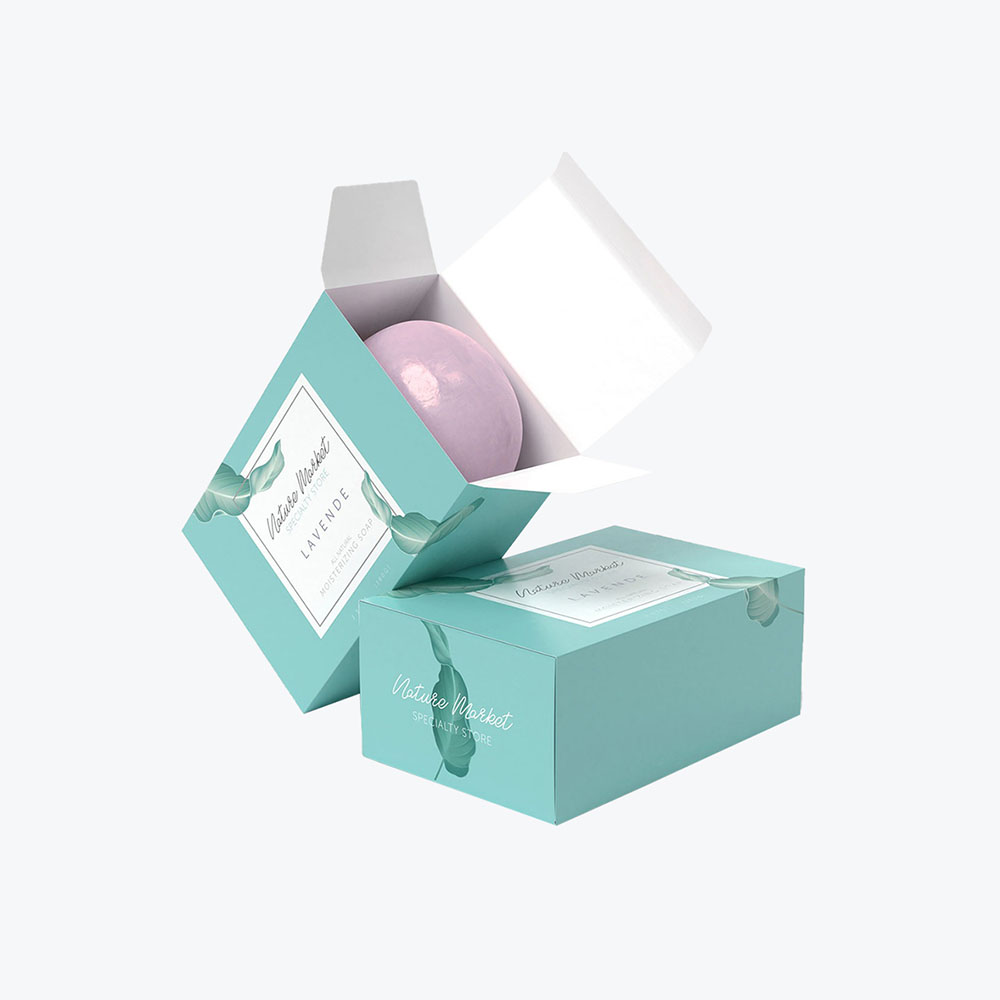
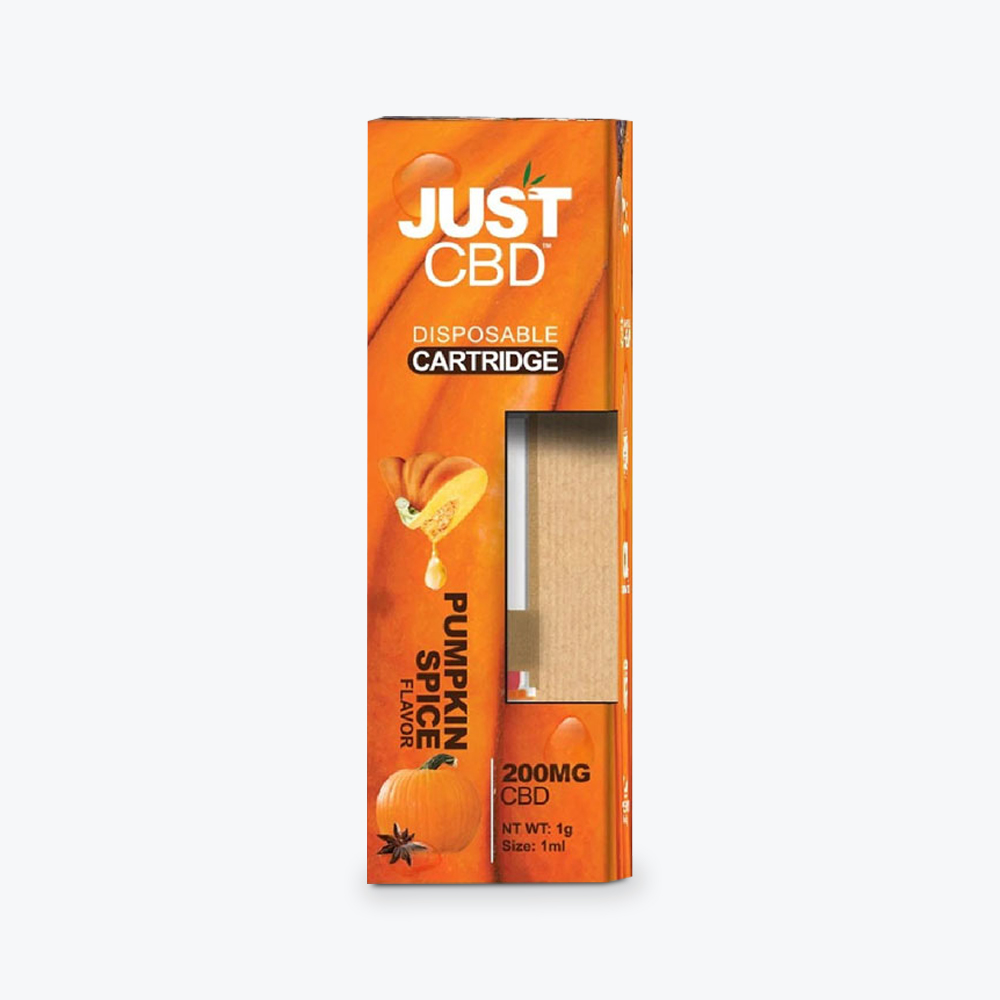
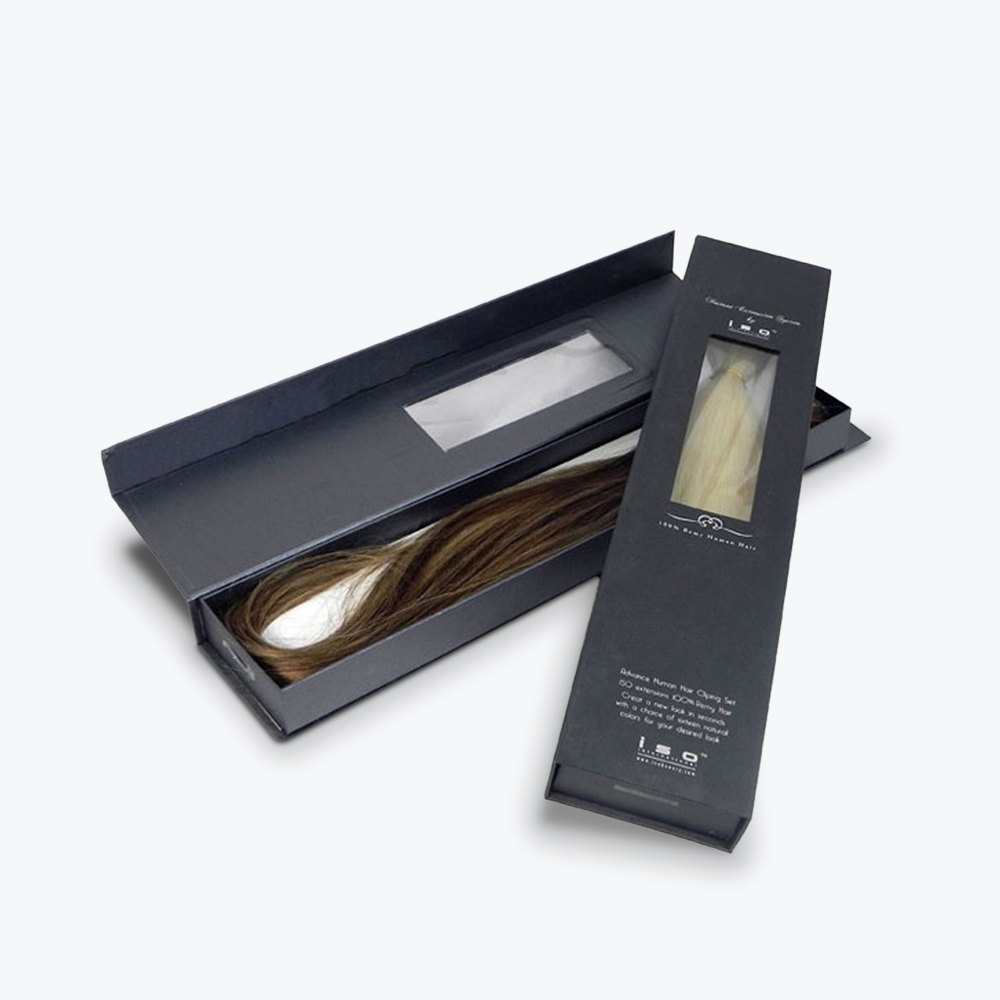


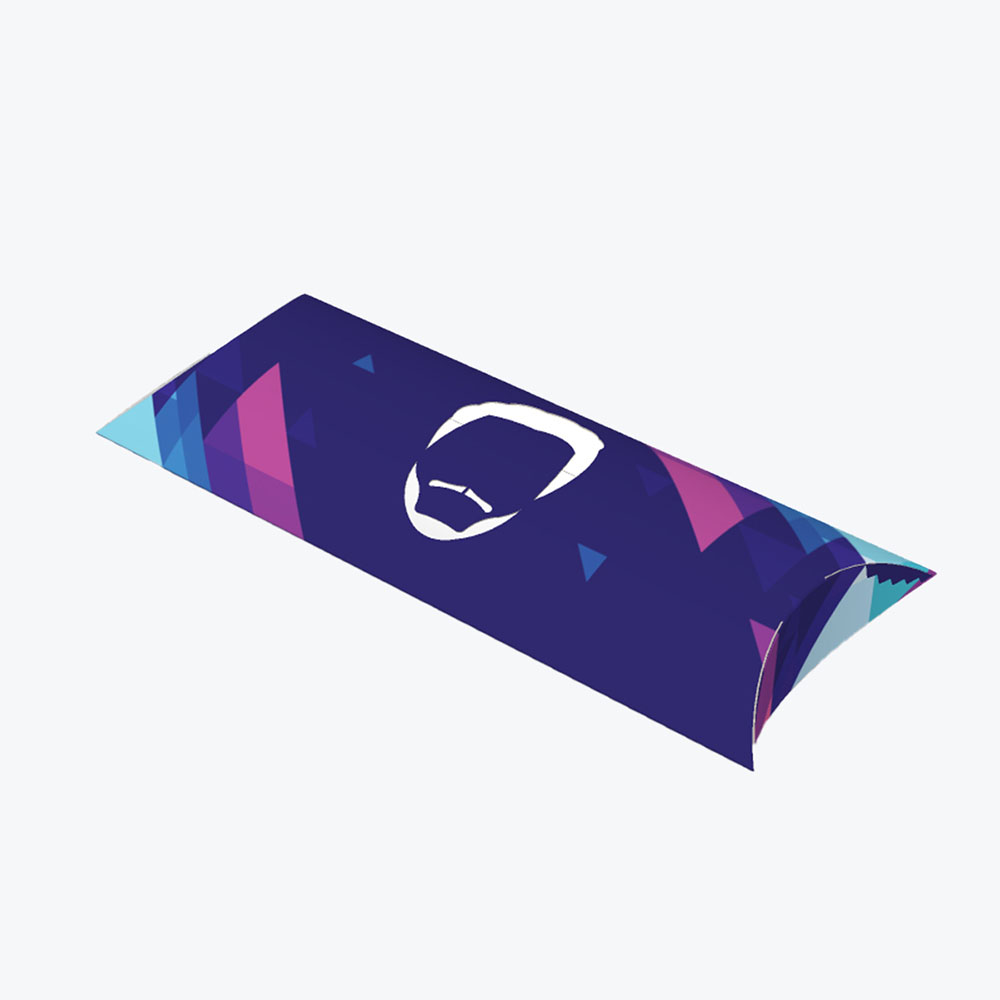

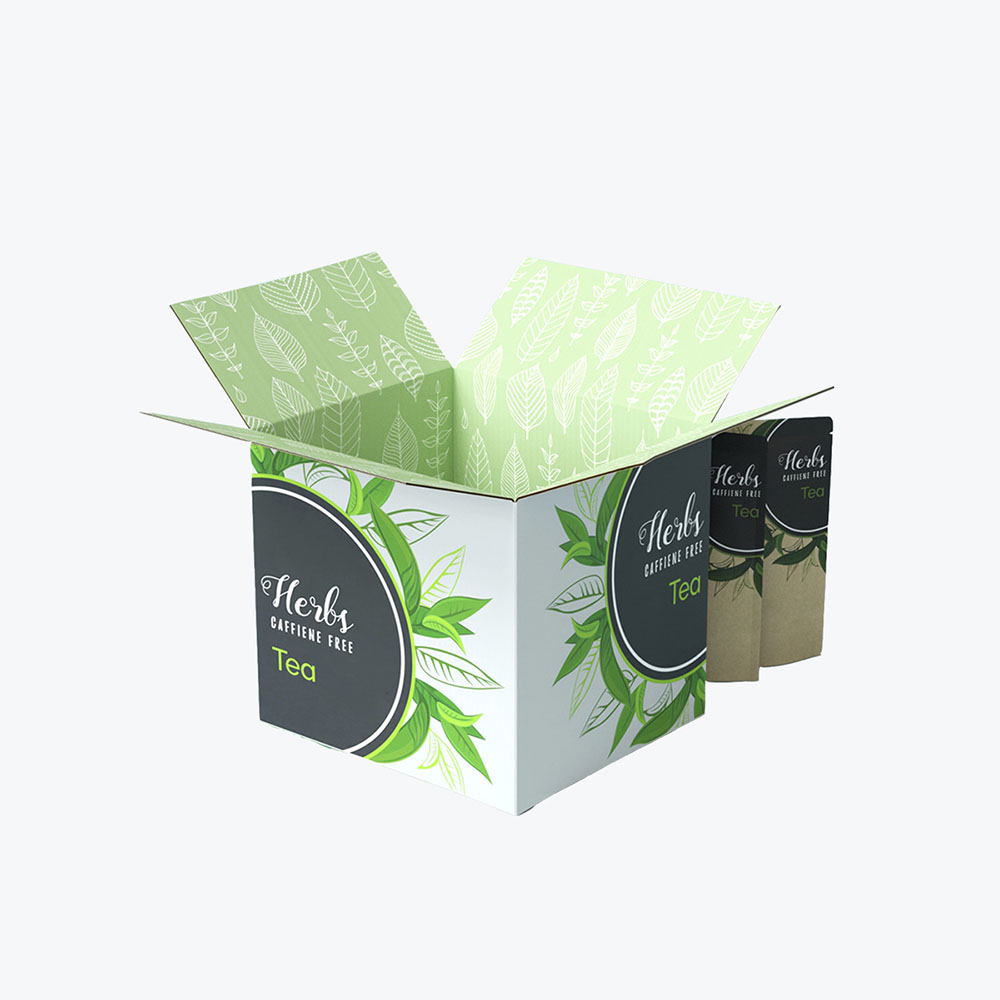

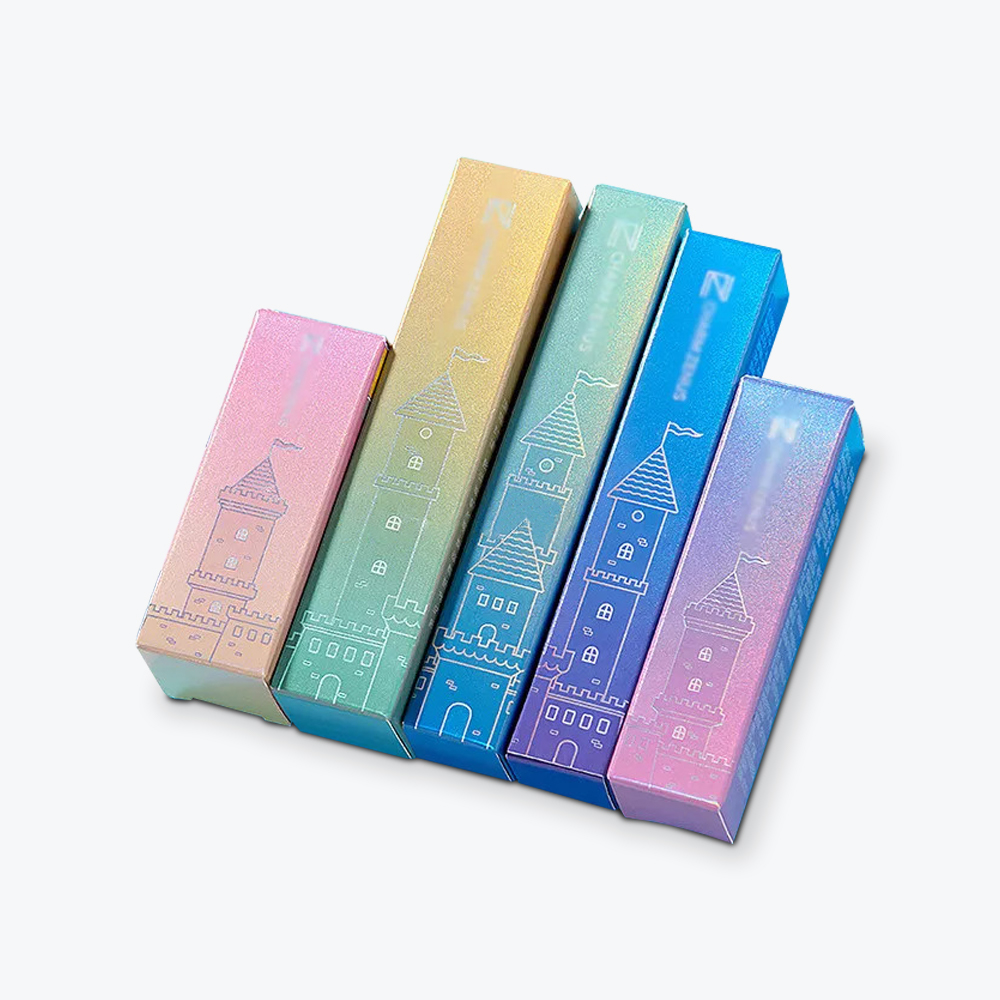

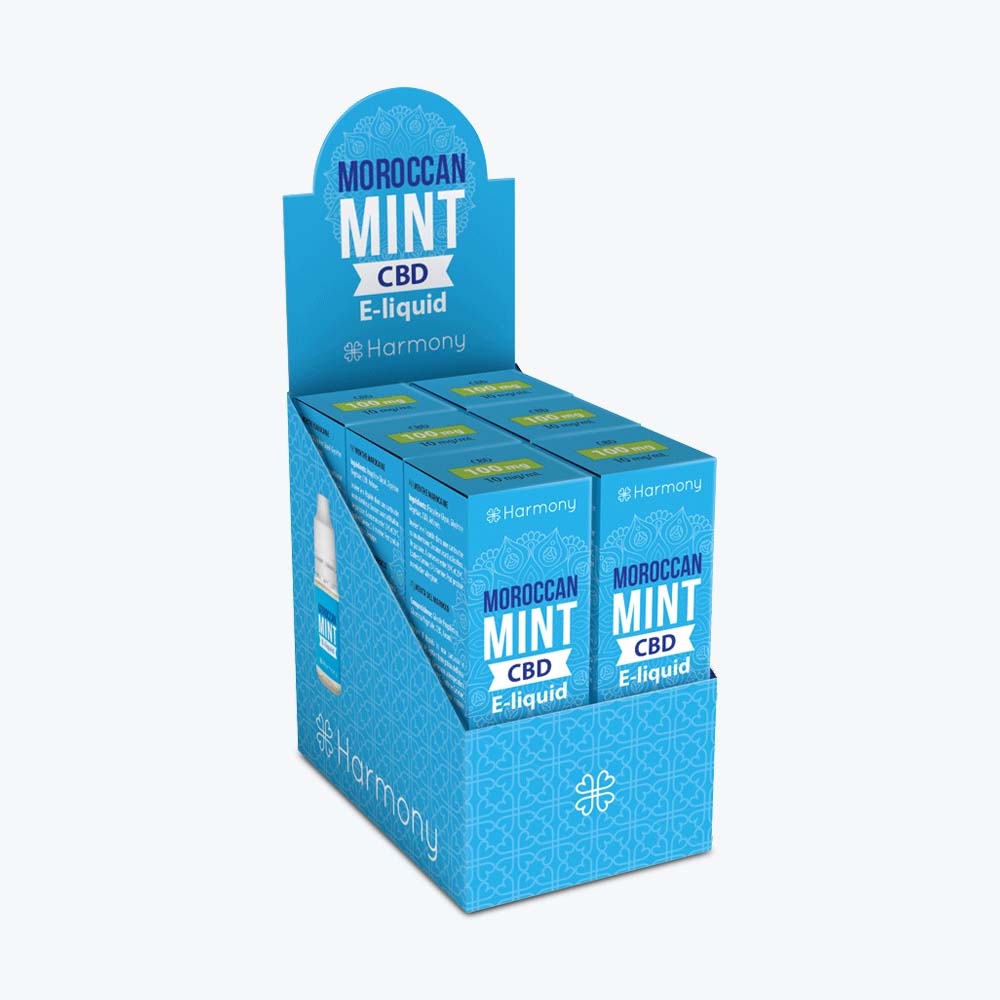
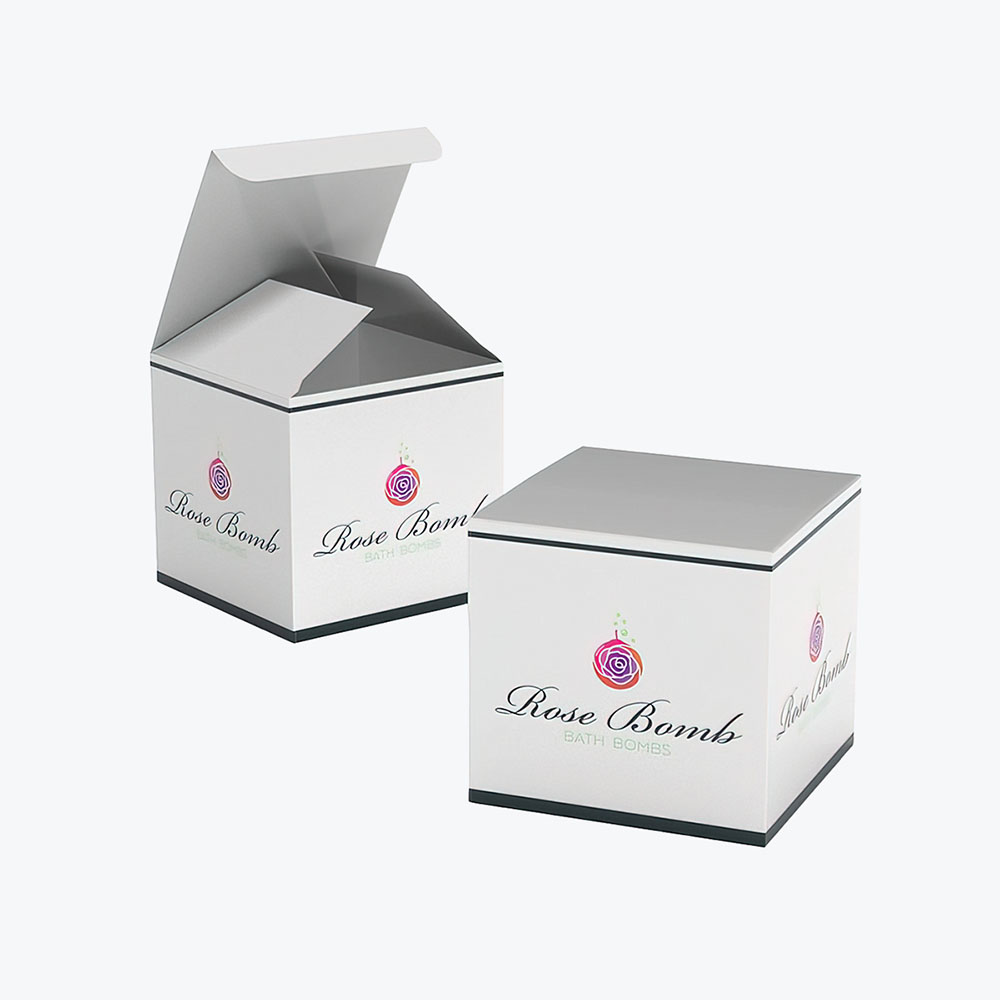
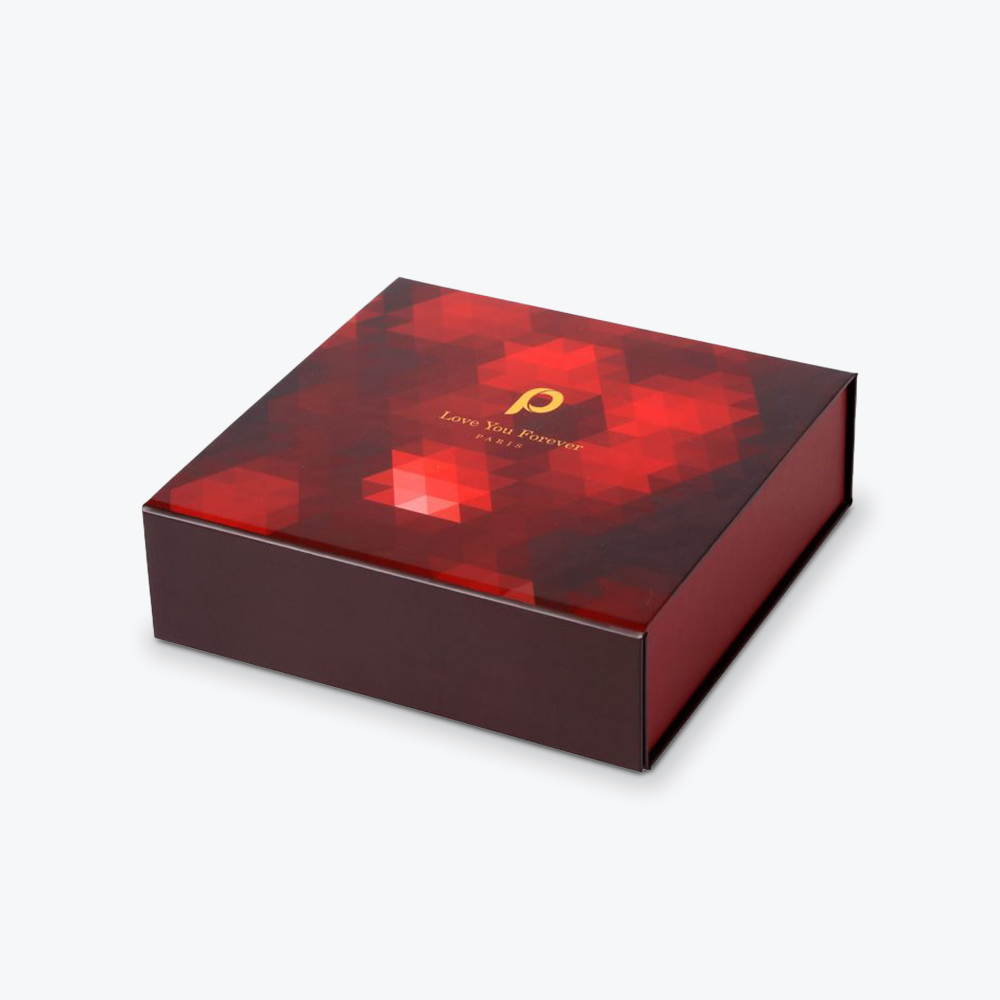
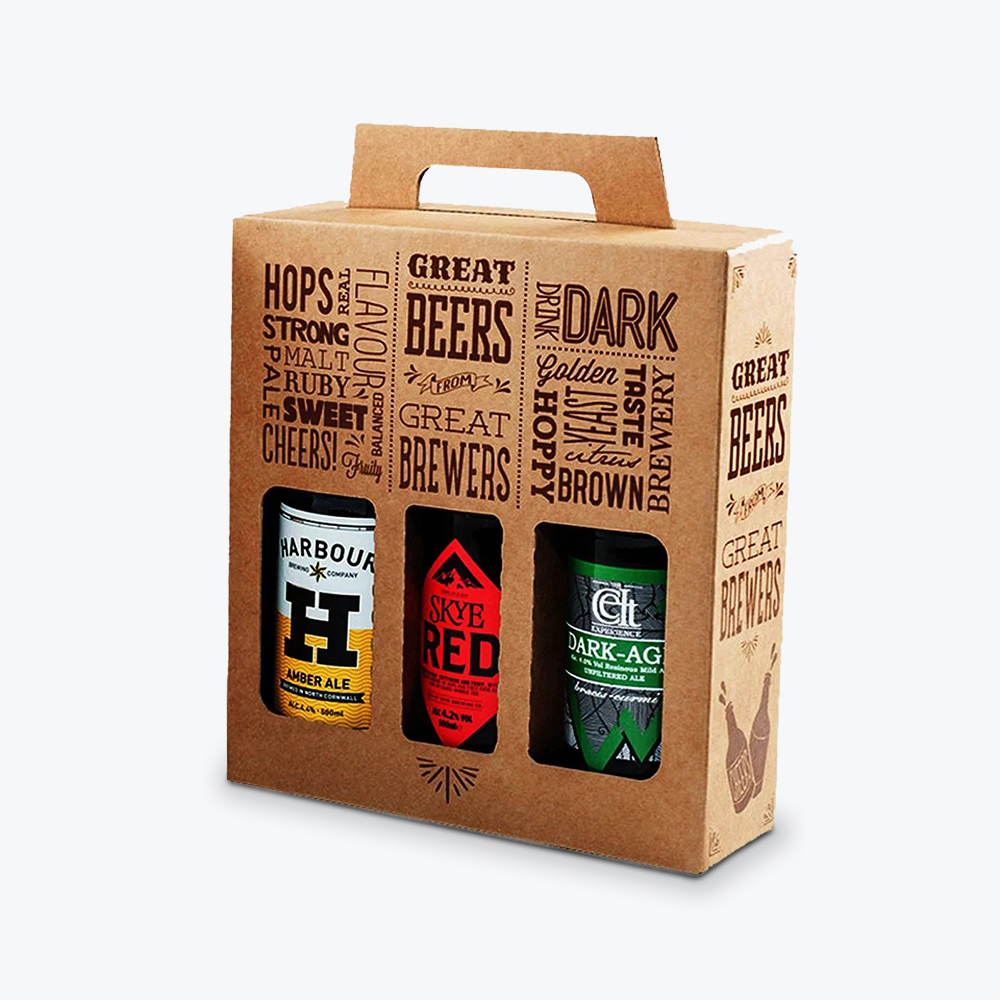
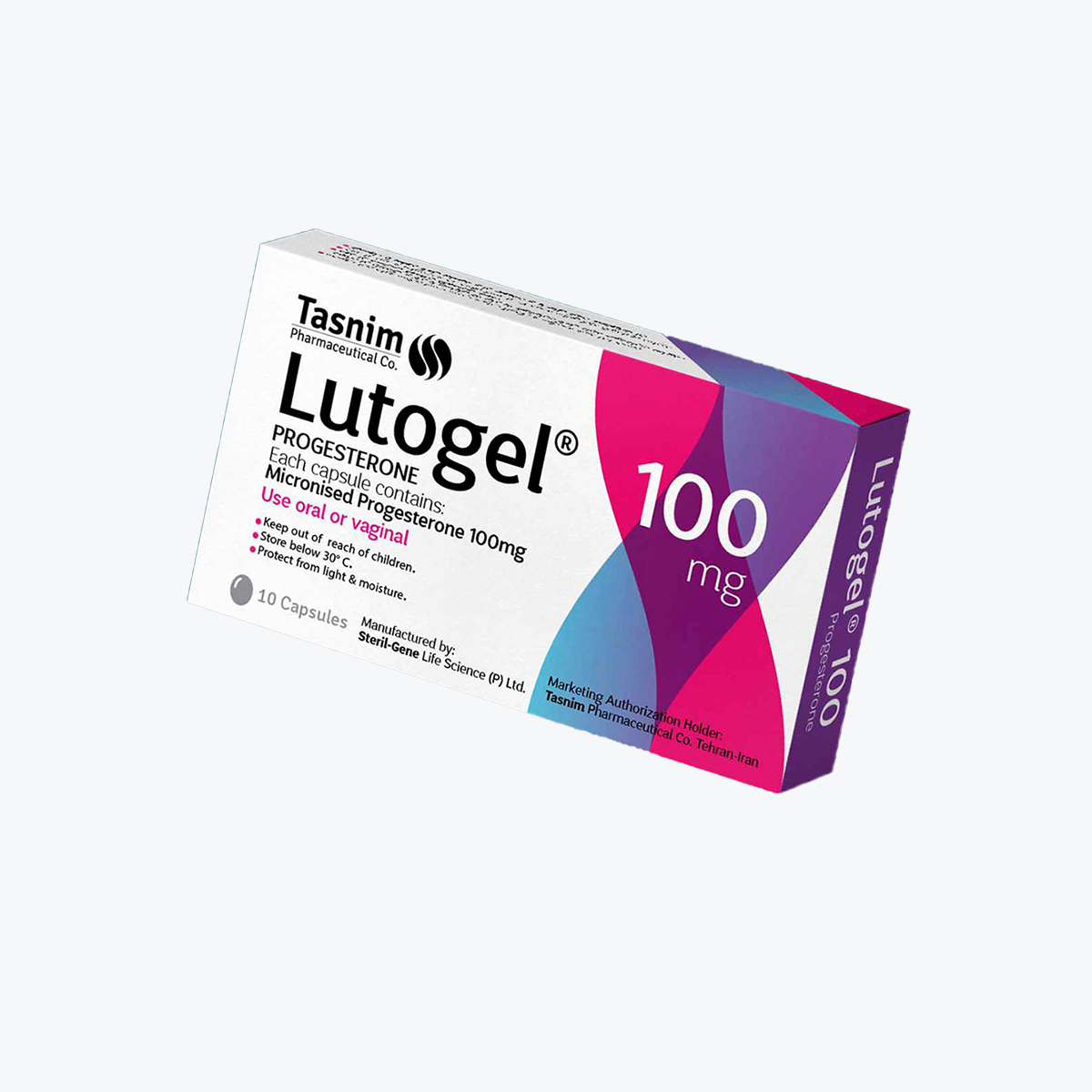
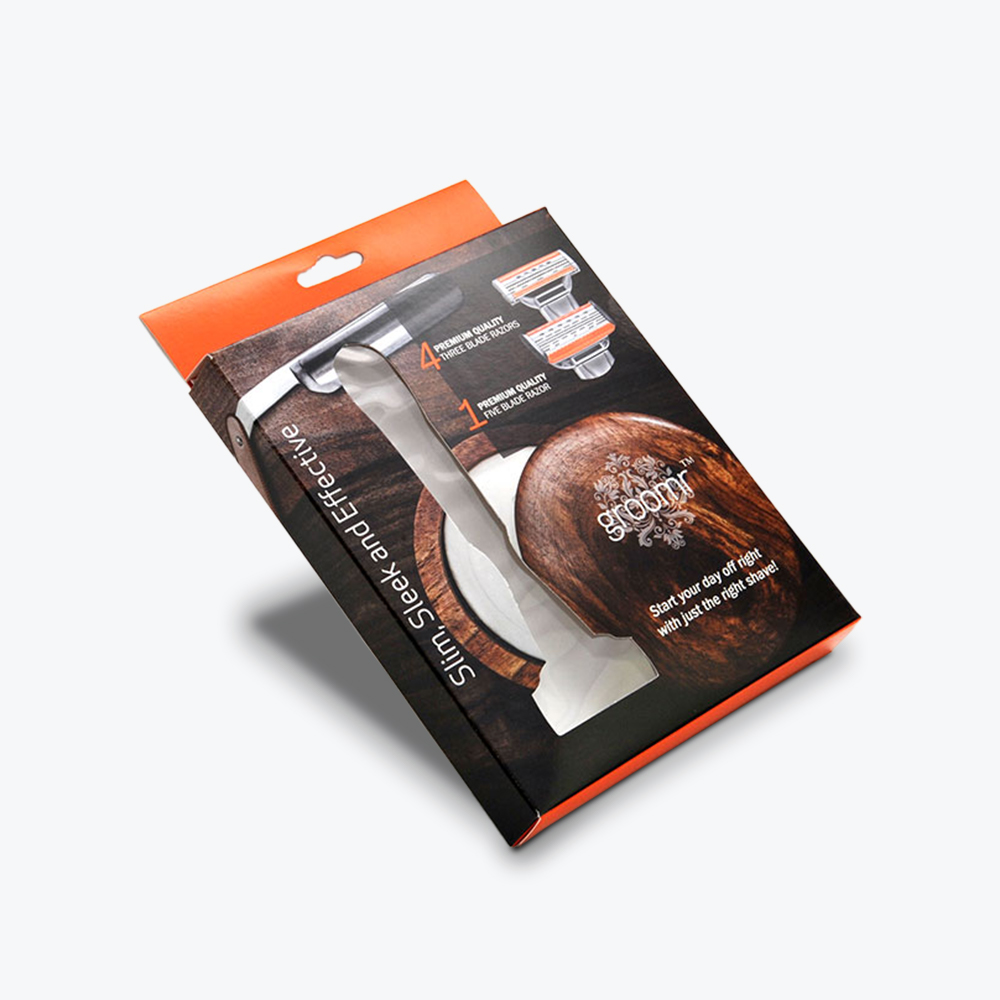
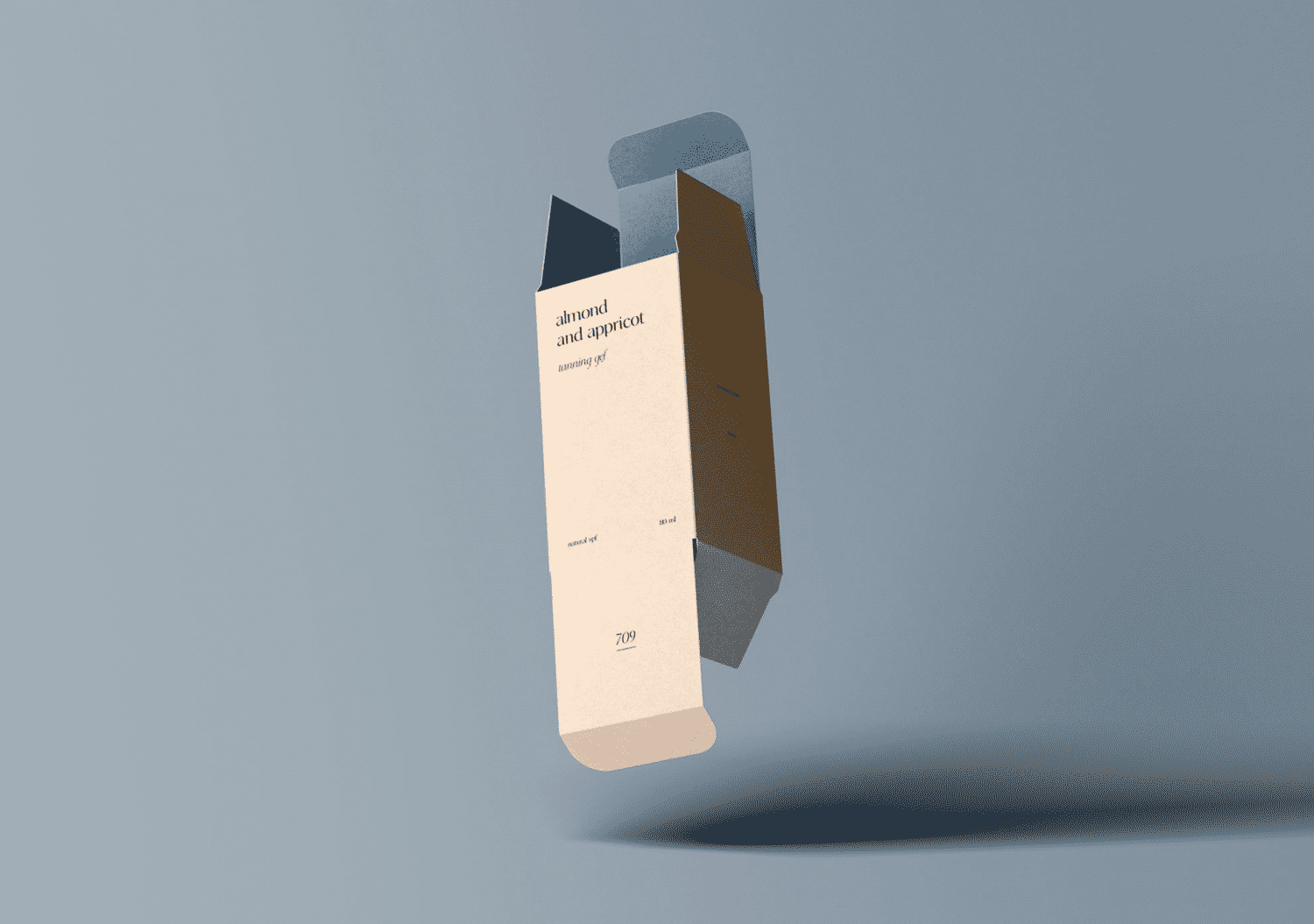
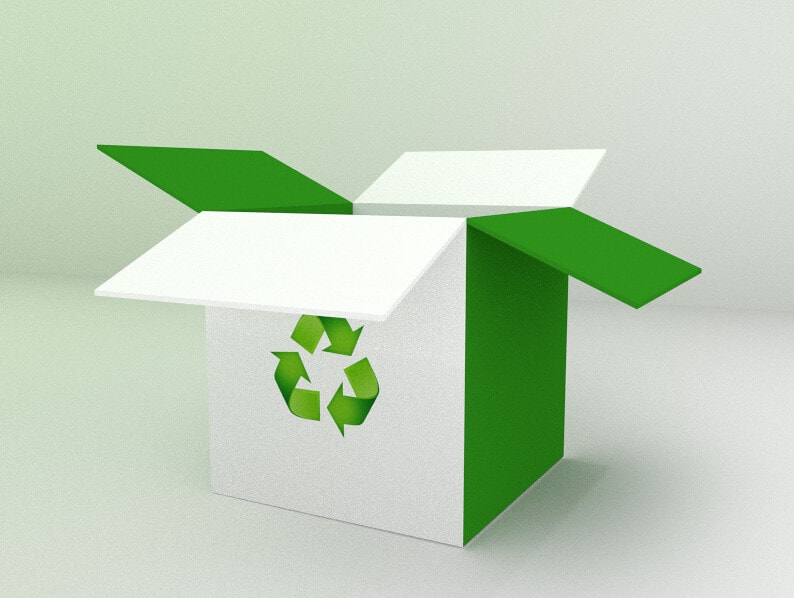
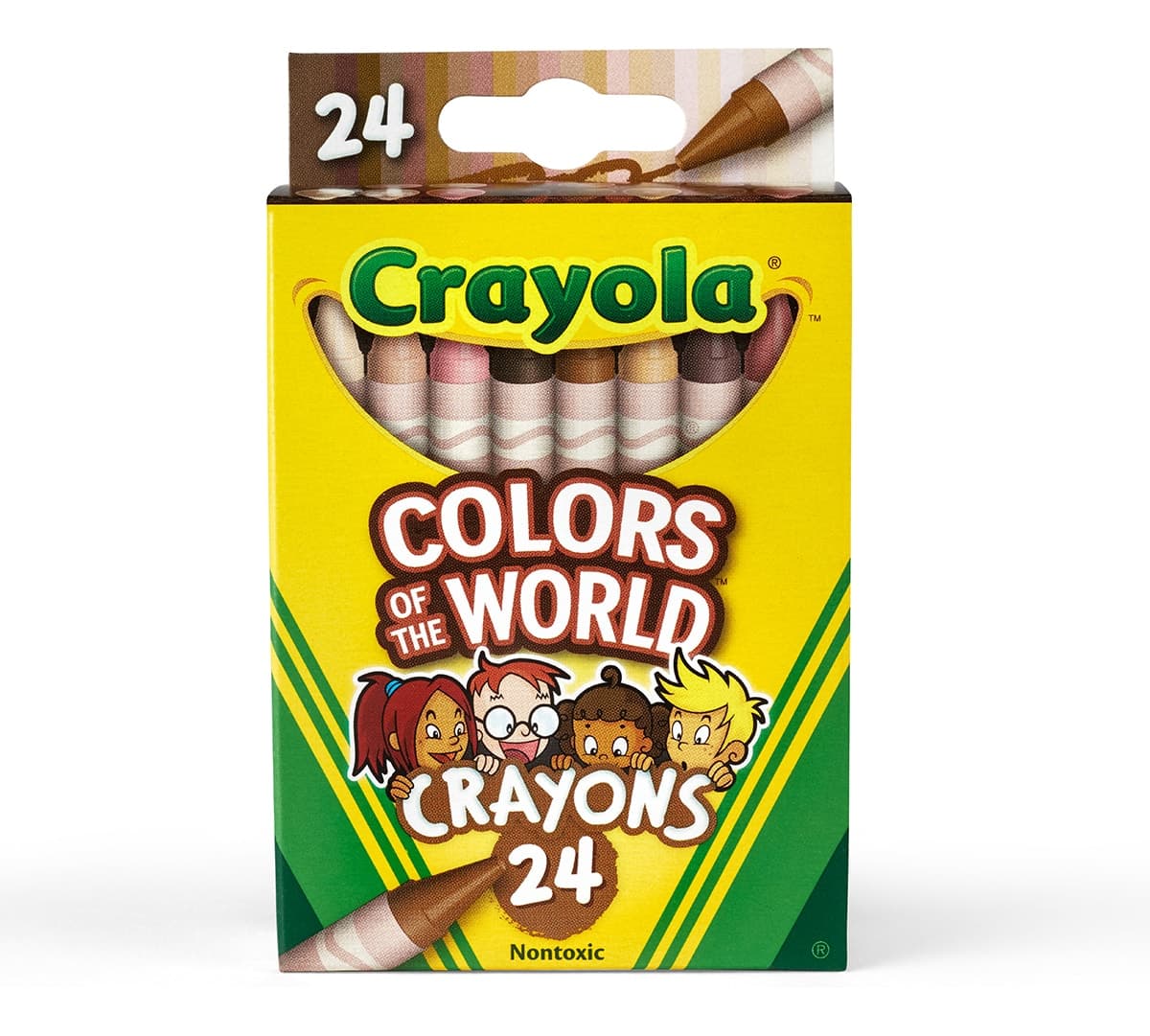
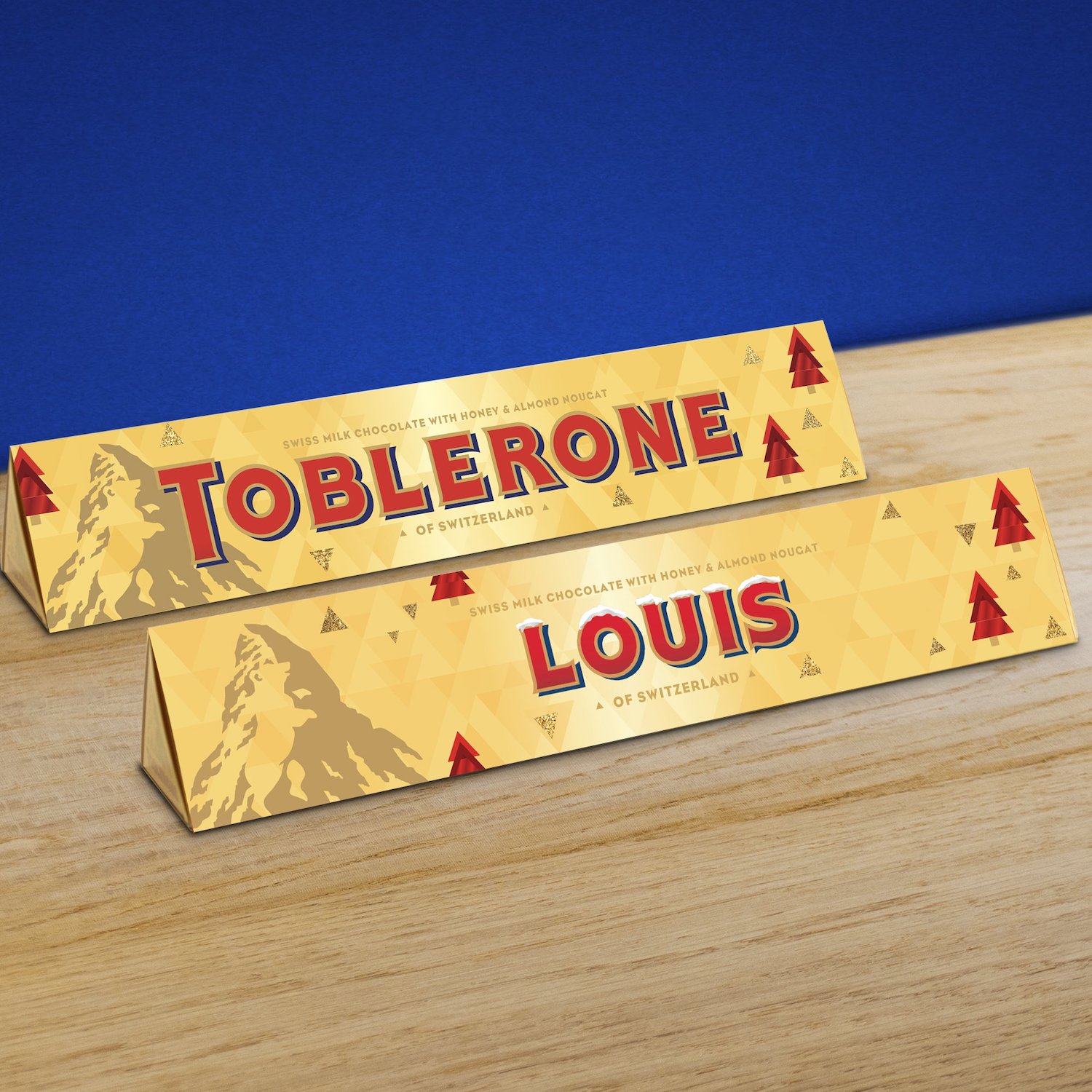

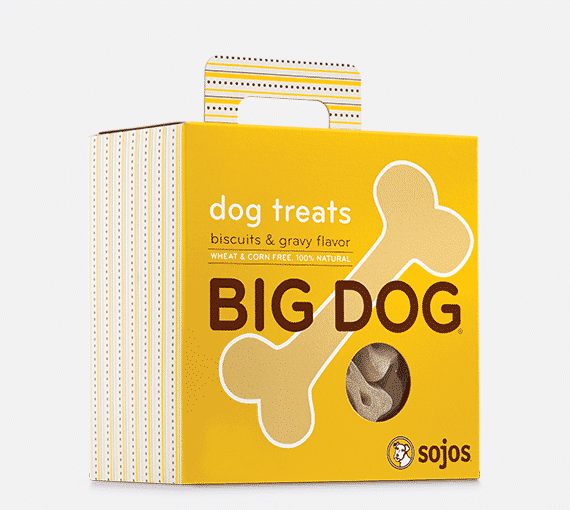

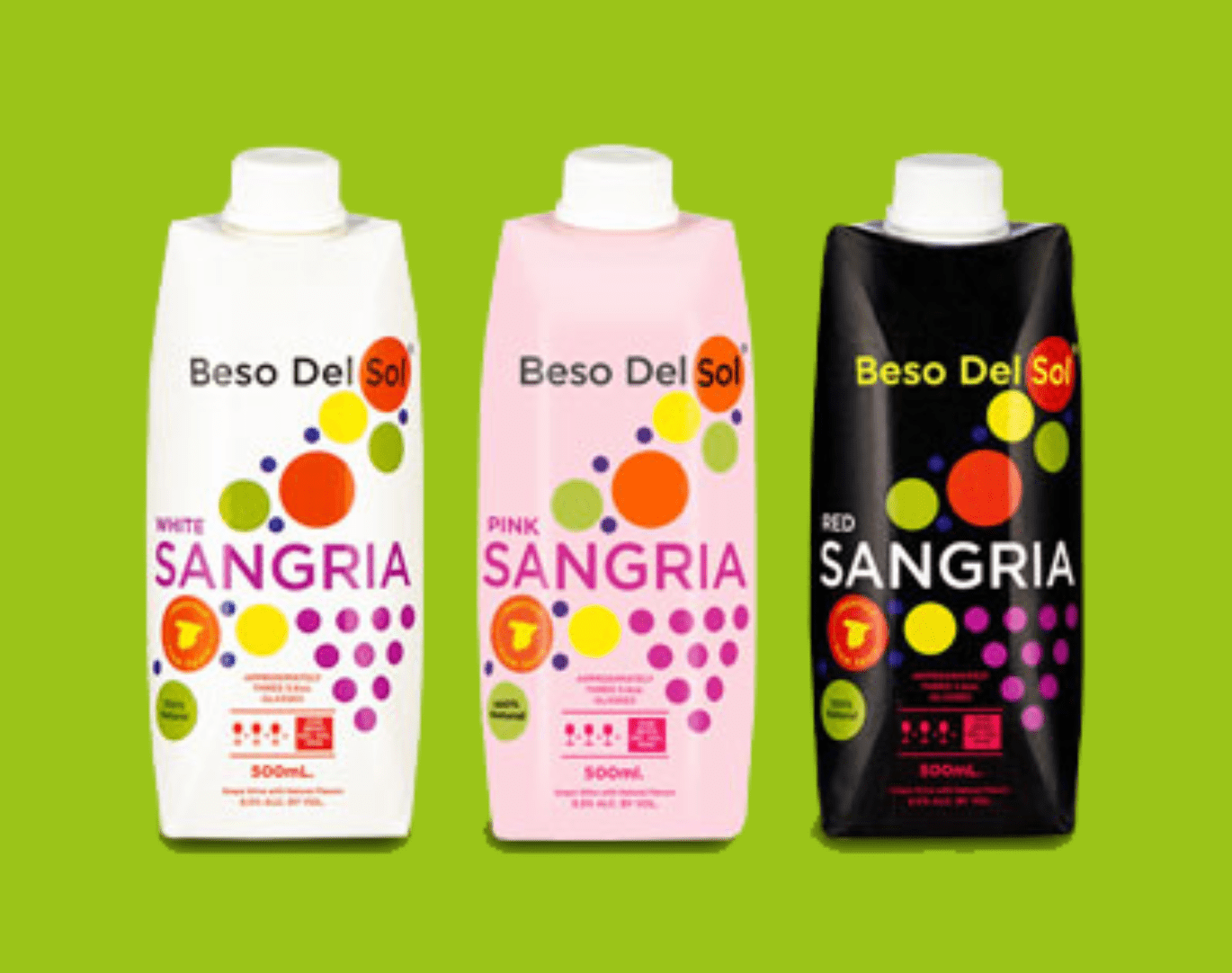
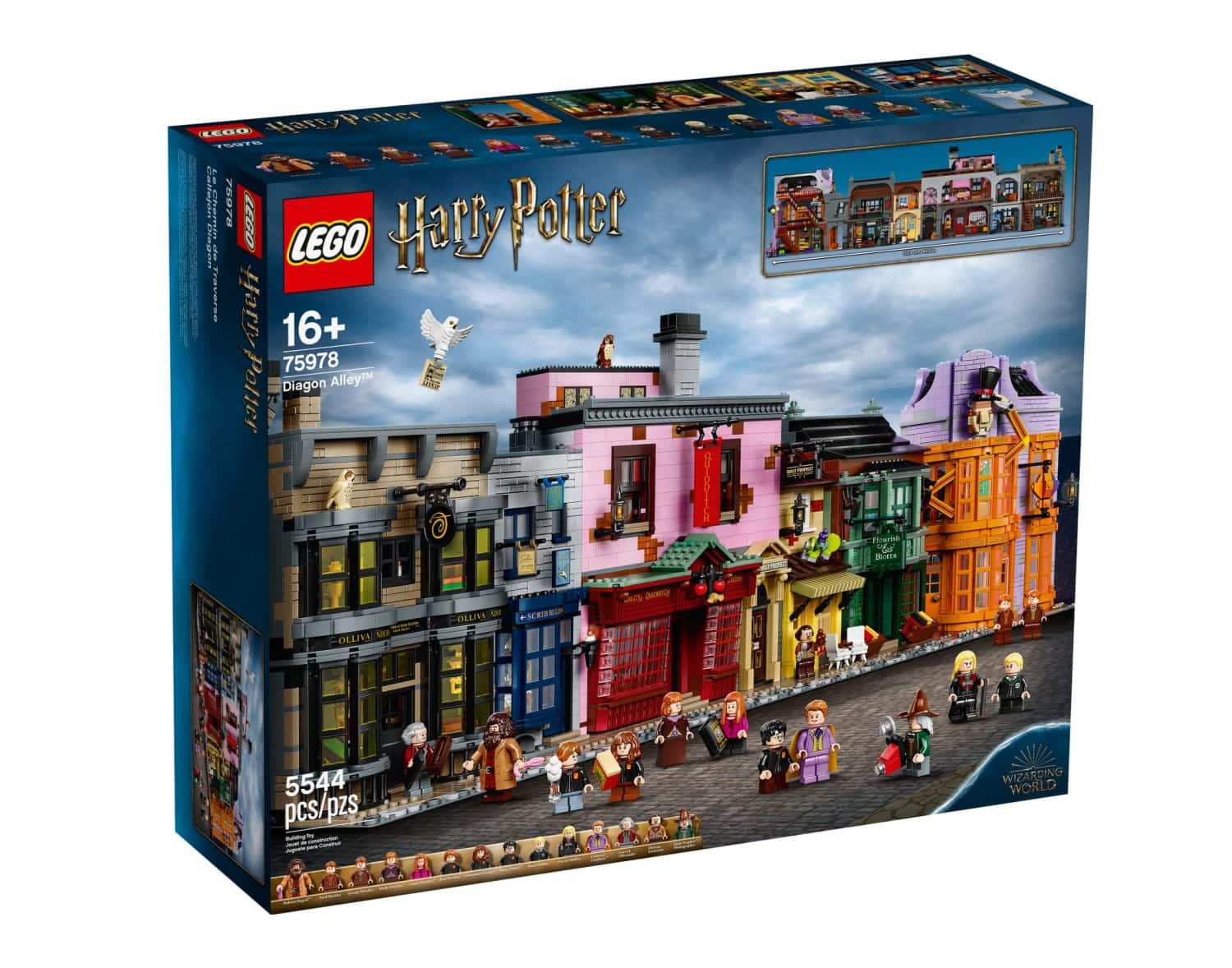

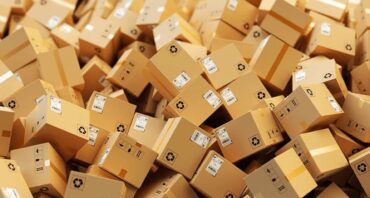
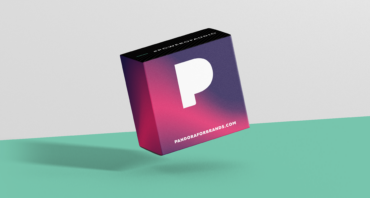
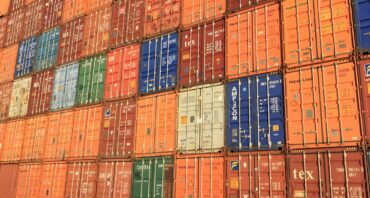
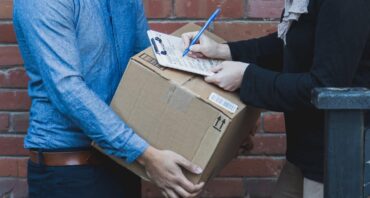
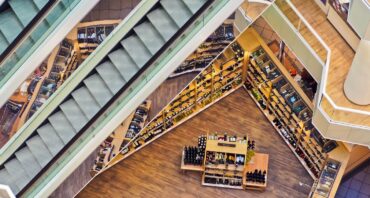
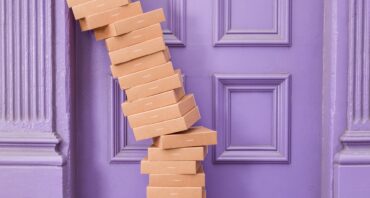
Share